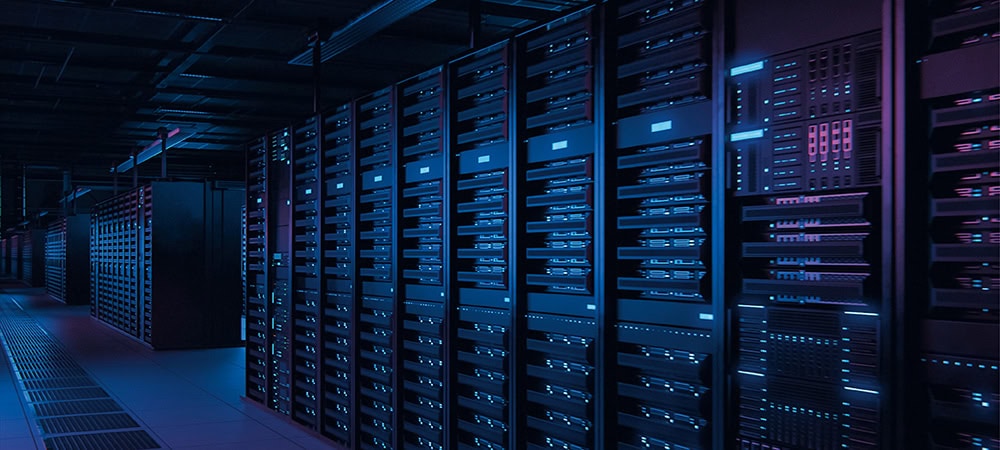A new dream team
Edge computing supports the relocation of data processing from centralized data centers to remote, distributed locations, in the case of Factory Edge, for example, to a device such as a robot on the factory floor. This results in several advantages: When computing operations, including data processing and analysis, are performed closer to the source, there are no latency or bandwidth challenges. In addition, service outages are also avoided by reducing transmission delays.
These performance features make edge computing the ideal basis for implementing innovative Industry 4.0 projects in the manufacturing sector. A factory edge infrastructure supports stronger networking of manufacturing and logistics as well as the optimization of production capacities and logistics processes. Among other things, the factory edge concept can proactively detect potential errors on the assembly line, improve product quality and reduce potential downtime through predictive maintenance.
The prerequisite for implementing a Factory Edge with a reorganization of processes and data use is an adequate system landscape: for example, with sensors, wireless gateways, operational dashboards or agile backend systems. Above all, however, the networking and digitization of production and logistics processes means linking IT with the equipment or control systems on the production line, which also leads to changed requirements for IT itself.
Realizing a modern manufacturing environment requires an IT infrastructure based on containers, Kubernetes, agile development, AI and ML, and automation. All of these technologies are components of an open hybrid cloud platform like Red Hat OpenShift, which also supports comprehensive edge deployments.
When it comes to networking IT and plants, SAP systems inevitably come into play in the manufacturing industry. In an open hybrid cloud infrastructure, SAP applications can form an essential component of an innovative factory edge implementation with the establishment of agile end-to-end processes that include real-time integration with SAP transactions and data.
In the factory edge context, several SAP application scenarios are conceivable, some of which have already been implemented. SmartShift, a provider of solutions for intelligent, automated IT transformations, and the BMW Group, for example, have developed a microservice-based logistics application with Favor. The OpenShift-based solution is used to check the correctness of invoices and, if necessary, integrate the data into the BMW Group's SAP management system for freight costs.
Beyond that, however, there are other use cases that will define the Factory Edge and SAP future. These include the integration of condition-based monitoring into SAP maintenance. This can be used to detect or predict a failure - for example, by measuring increasing power consumption or vibrations. A maintenance order can then be created in SAP and incorporated into production planning to minimize downtime. The result is an increase in overall plant effectiveness.
Capturing and preparing live production data in solutions such as SAP Carbon Footprint Analytics and using image recognition on the production line with data integration into SAP Quality Management are also possible.
In general, Factory Edge will be the basis for implementing innovative Industrie 4.0 and IoT scenarios - and thus for efficient and intelligent business processes with an agile SAP connection. And the underlying IT infrastructure will be an open hybrid cloud architecture that supports the unified creation and execution of solutions in cloud, on-premises and edge environments.






